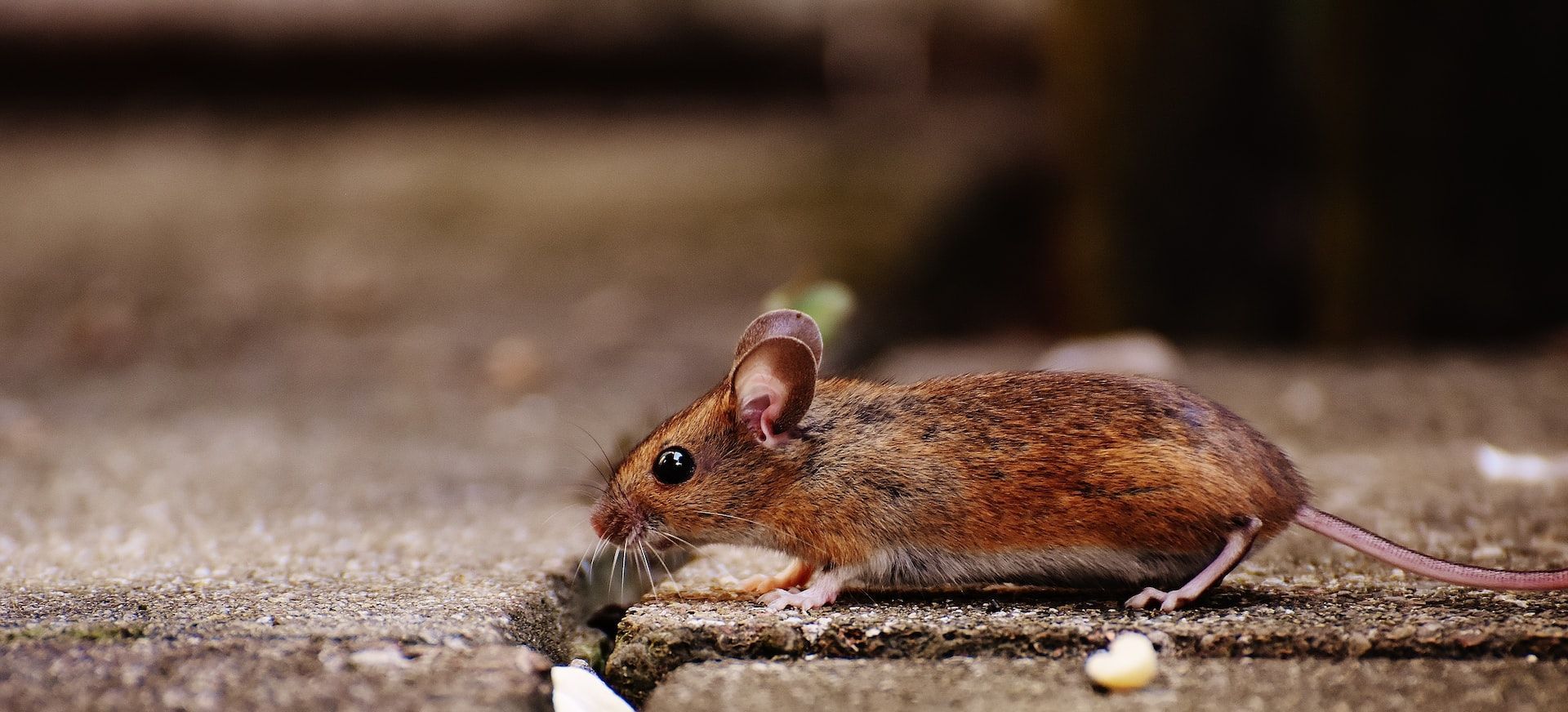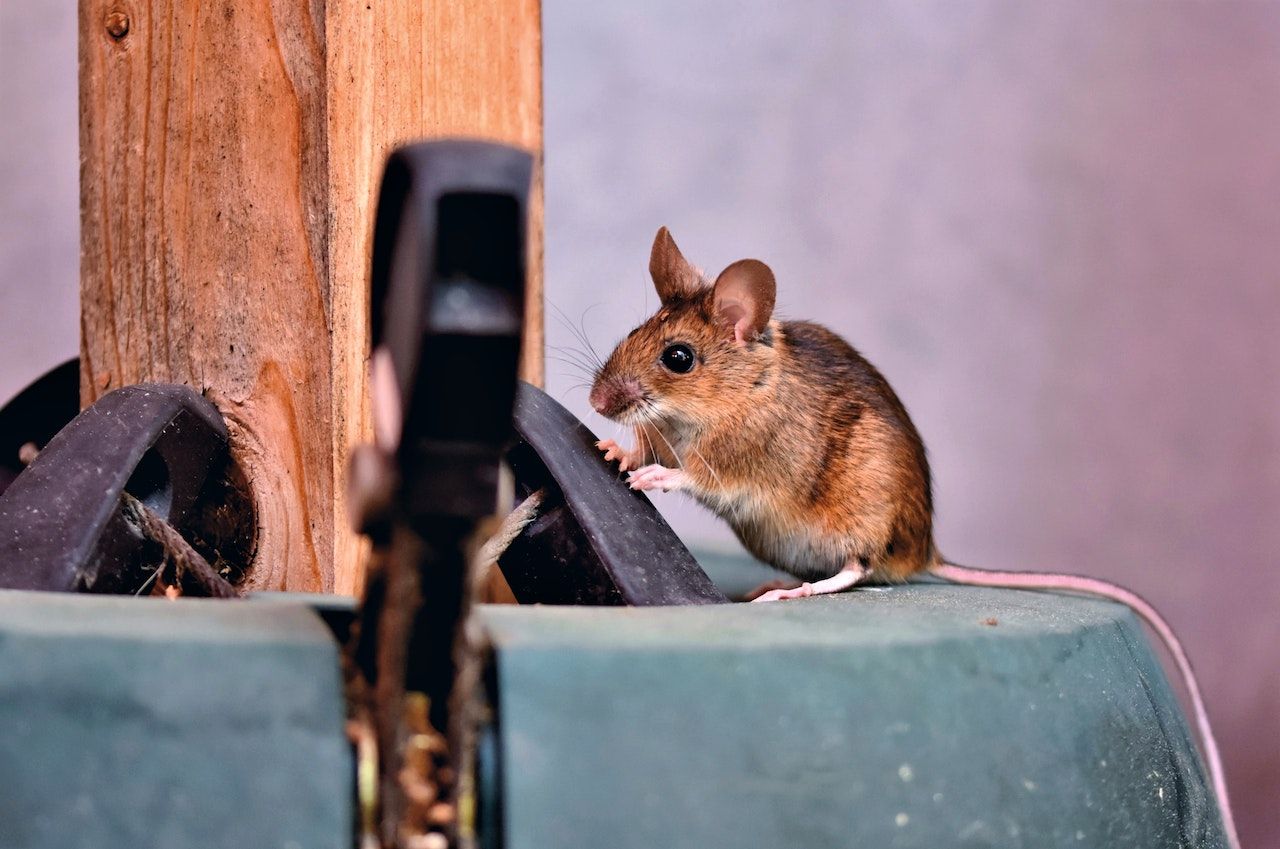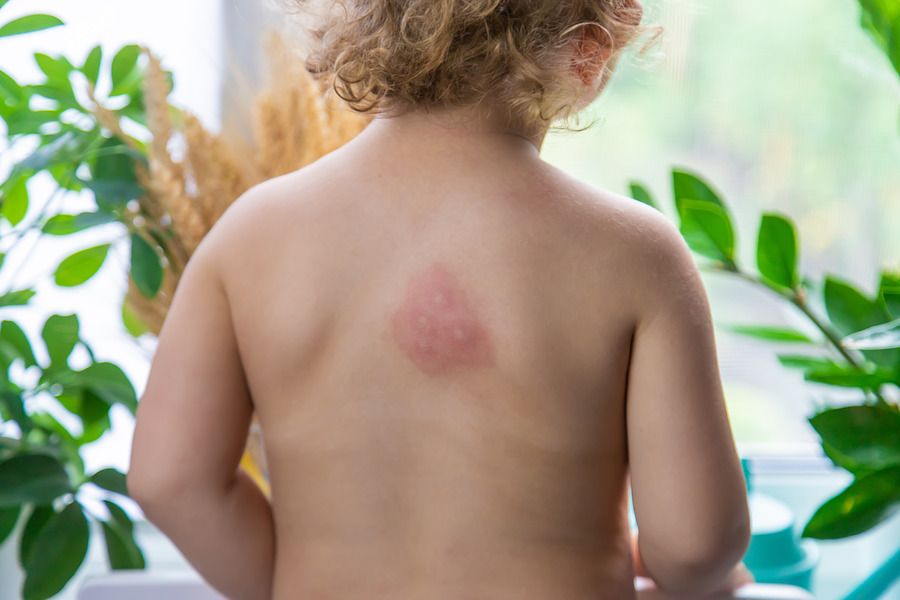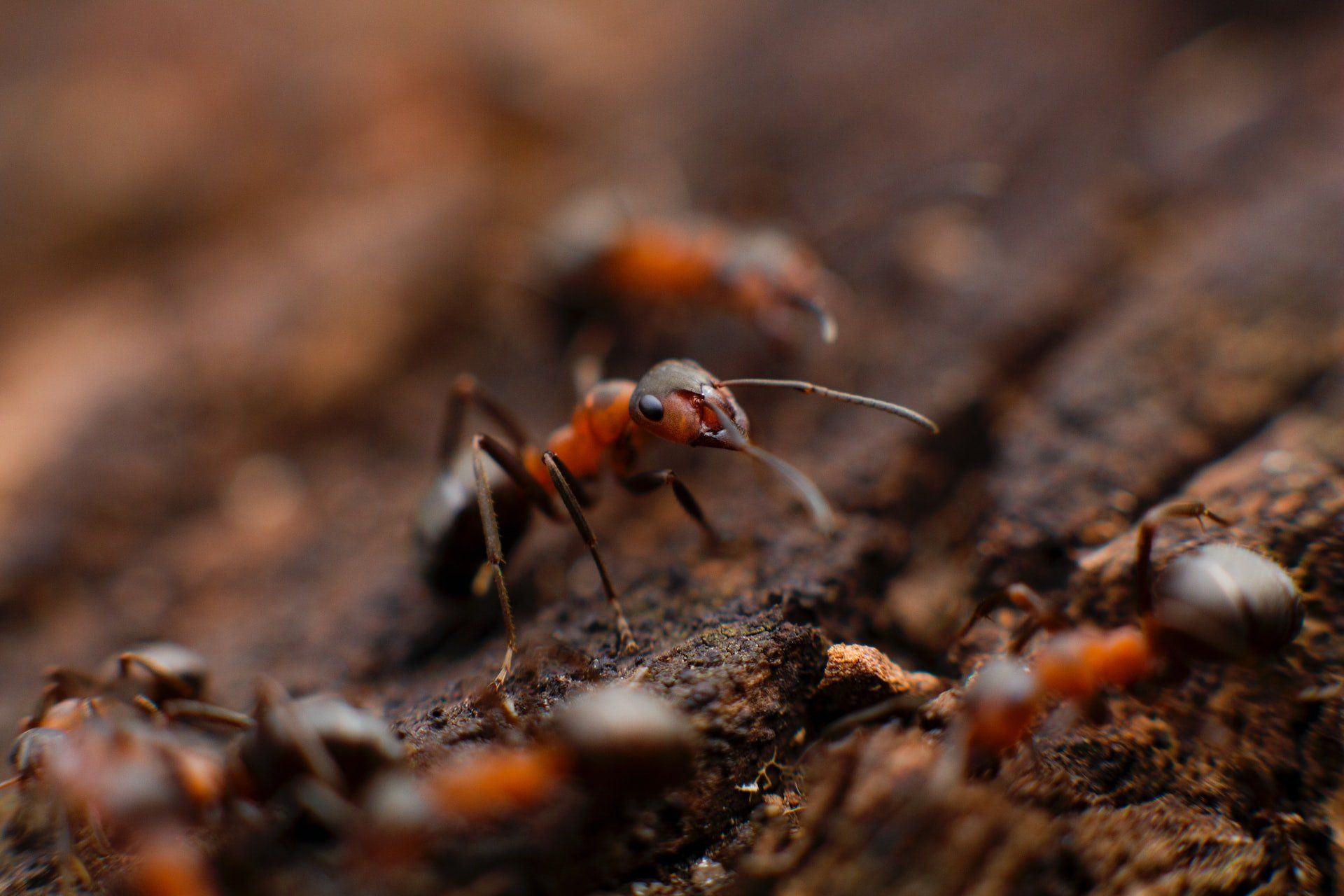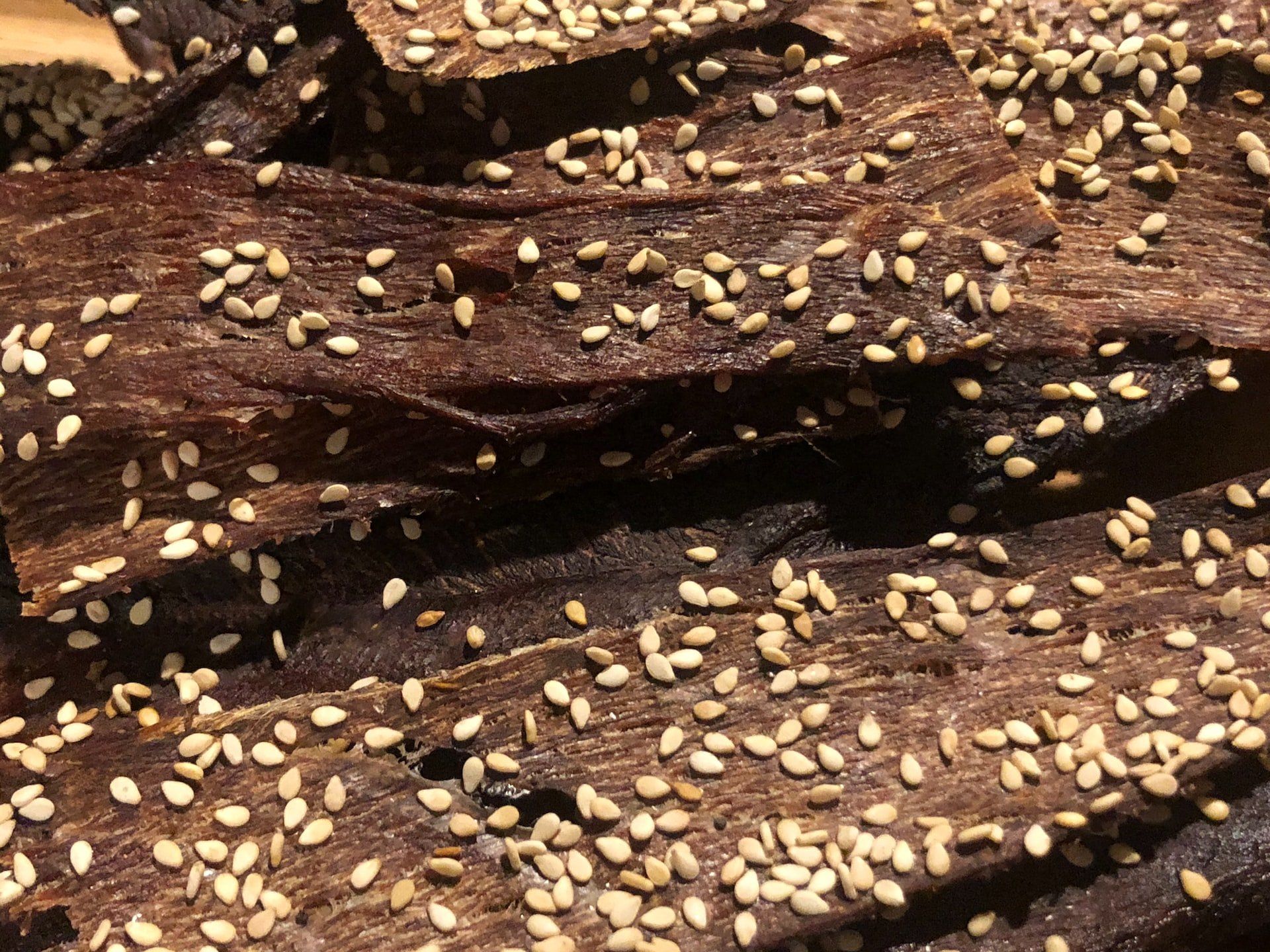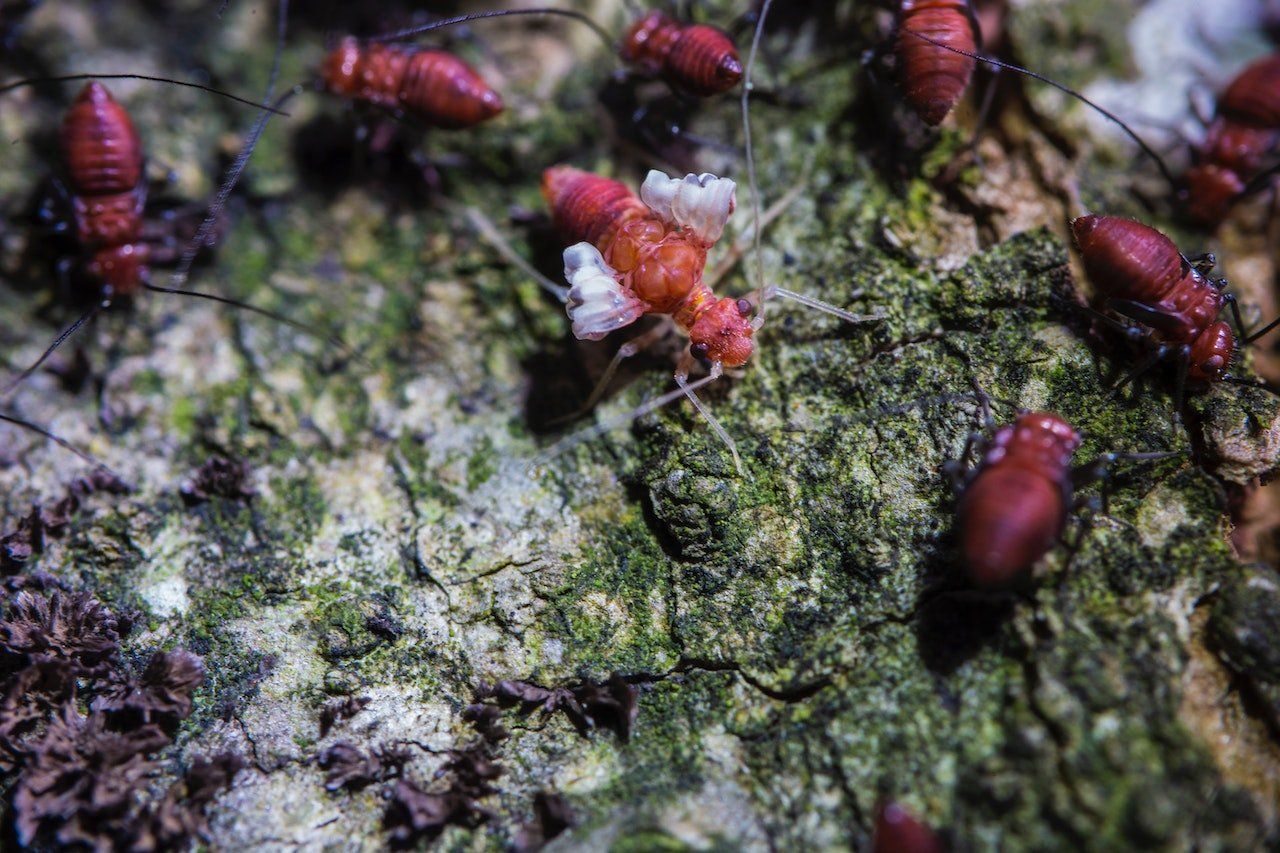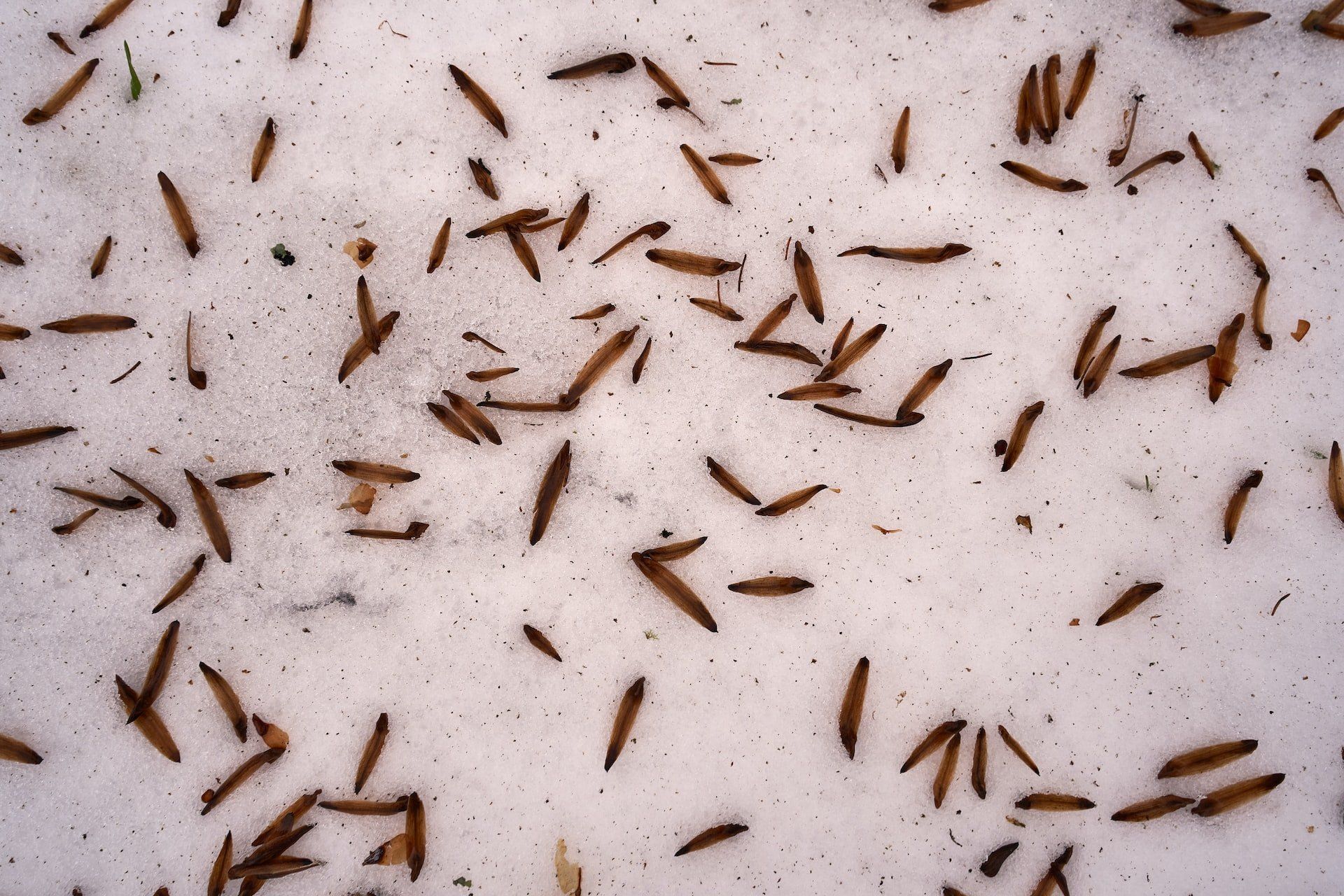What You Must Learn about Cockroaches and Diseases
In case you didn’t know this yet, cockroaches can be found all over the world. Cockroaches of many kinds abound in Australia, including German, American, and oriental varieties.
Indeed, cockroaches come in many different kinds and appearances. American cockroaches are huge and black in color. German cockroaches are smaller and browner in color. Meanwhile, oriental cockroaches of medium size are brown to black in hue and have a brown to black coloration.
Because their diet consists mostly of decomposing waste, cockroaches are known to transmit salmonella and gastroenteritis to the places they go to, the objects and food they touch, as well as to human beings and house pets. Several research studies have claimed that cockroaches can cause allergic reactions in humans.
Read on to discover more about cockroaches and their ability to spread diseases.
How Diseases and Cockroaches Are Linked Together
Like houseflies, will consume anything, even garbage and spilled food. Bacteria that have been ingested can survive in the digestive system of a cockroach for months or even years. Cockroaches can vomit and defecate on food, and this activity has the potential to carry disease to humans.
According to the Environmental Protection Agency (EPA), cockroaches carry bacteria that can cause salmonella, staphylococcus, and streptococcus diseases if they land on food. Today, cockroaches are known to carry a variety of bacteria, including salmonella, staphylococcus, streptococcus, and the polio virus.
Meanwhile, The World Health Organization (WHO) has also connected cockroaches to the spread of diseases such as dysentery, diarrhea, cholera, and typhoid fever. Cockroaches are also known to be carriers of dangerous germs, worsen asthma and allergies, and scrape humans with their leg spines.
Cockroaches and Their Risky Allergens
Cockroaches are one of the most prevalent allergens identified in houses. A handful of people have reported allergic reactions to cockroach saliva, dung, eggs, and droppings. According to the Environmental Protection Agency, children are more prone than adults to be allergic to cockroaches (EPA).
According to the NPMA, cockroach allergens are found in 63% of American households. At least one can be found in up to 98% of metropolitan houses.
Understanding Cockroaches’ Lives
Female cockroaches can lay up to forty eggs in their lives. A female is capable of producing thirty distinct batches of eggs in her lifetime. Adult cockroaches are much smaller than hatchling cockroaches and lack wings. Cockroaches can live for up to a year, however, this is greatly dependent on their surroundings. Warm and humid conditions are helpful for the survival of insects with low blood temperatures. Infestation is most likely to occur in Northern Australian buildings.
Cockroaches concentrate in kitchens and other areas where food is made because these areas are more likely to contain spilled food and water. They are often found hiding in wall crevices, enclosed spaces such as behind the refrigerator, in a pantry, or behind a stack of magazines, newspapers, or cardboard boxes, undisturbed furniture, kitchen cabinets below sinks, near water heaters, drains, and grease traps, and gardens.
Conclusion
Cockroaches are considered appalling to many people simply because of how they look and crawl or come from cracks and dark places. Now that you know what diseases they could be carrying, it’s crucial that you keep them away from your home. Thankfully, cockroach infestations can be eliminated by using pesticides and maintaining proper hygiene.
As you keep your home and your personal spaces clean, you also keep yourself healthy. In combination with your own efforts, make sure you call professionals that can help you with successfully eliminating cockroach infestations.
Are you in need of
cockroach pest control in Sydney? Roach Busters is your go-to team for professional pest extermination. Give us a call today to get your FREE quote!



